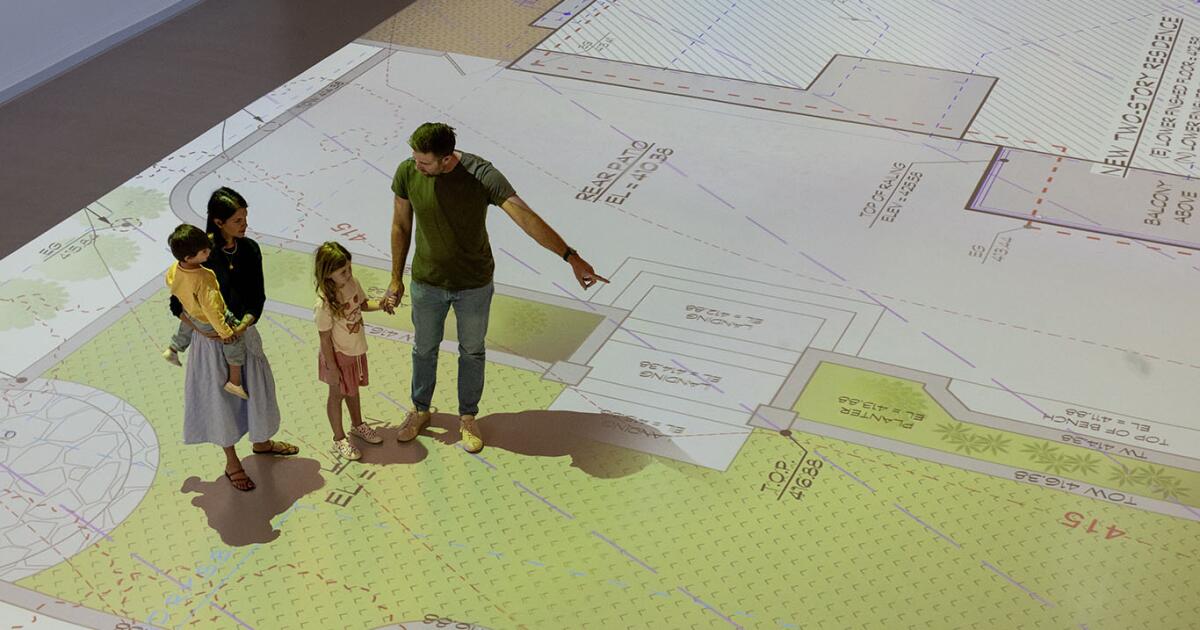Copyright Los Angeles Times

E-bike safety has become a frequent topic of conversation at dinner parties, coffee klatches and cocktail hours across Orange County. Rants about e-bikes are a constant on social media and on websites such as Nextdoor. Neighbors stop each other to complain about the latest close encounter with some reckless youth that just sped by. Seems everyone is worried, and with good reason. E-bike accidents and injuries are soaring. Kids make up a sizable portion of those injured, but ERs have been seeing patients of all age groups that have been involved in e-bike accidents, with injuries including fractures, dislocations, and head and neck trauma. And in September, the unthinkable happened. A local 16-year-old boy died from injuries sustained in a collision on Superior Avenue in Newport Beach. He was riding what has sometimes been described as a motor bike, and other times as an e-bike. But the fact that it’s difficult to discern the difference is telling. Many residents simply want to know: Why don’t we do something? The short answer is that many people and organizations, including legislators, local officials, law enforcement agencies and schools, are trying to do something about e-bike safety. But the reality is that this is a complicated problem with many causes, conflicting interests, and difficult-to-implement solutions. Even understanding what actually constitutes an e-bike, how the classes of e-bikes differ, how they’re being used — and sometimes misused — and determining how each type should be addressed, isn’t easy. It’s also worth noting that, even though e-bikes have actually been around for a long time, the tidal wave in popularity in recent years has overwhelmed what is typically a slow-moving institutional process. Laws and regulations, improvements in infrastructure and cultural shifts that could more safely accommodate e-bikes into our big, unwieldy jumble of transportation options — these all take time, resources and commitment. Thus, we all tend to get frustrated when quick action is demanded. Battery-powered bicycles were first conceived in the late 19th century, but it wasn’t until the 20th-century development of what we know of as pedal-assisted bikes, those that utilize a mix of a rider’s pedaling and electric power, that they started to become available on a larger scale. And in the last decade or so, innovative designs and advancements in technology helped lead to a surge in production and sales. Now it feels as if e-bikes are everywhere. In many ways, that’s a good thing. They’re great for hilly terrain, they’re relatively cost-effective, they have less impact on the environment than other modes of transportation, they don’t eat up parking spots and there are multiple variations for different types of riders. It’s often the case, however, that technology-driven advancements become widespread before society is ready to absorb the changes they bring. Thus, we have e-bikes sharing roadways, lanes and walkways with cars, non-electric bicycles and pedestrians. It’s an uncomfortable fit made more dangerous when riders don’t wear helmets and add modifications to their bikes to increase their power and speed beyond what’s allowed. Many cities in Orange County are trying to play catch-up with a slew of new regulations. Some school districts, like Irvine Unified, have also instituted stricter e-bike rules. But this patchwork approach has led to confusion and calls for a more uniform system. One of the legislators taking a leading role in statewide e-bike safety is Assemblymember Diane Dixon (R-Newport Beach). Last year a bill she authored, AB 1774, was signed into law by Gov. Gavin Newsom. It prohibits the sale and use of kits that can modify e-bikes to make them go faster. And this year Dixon’s Assembly Bill 965 was also signed into law, prohibiting the sale of Class 3 e-bikes to anyone under 16 years old. Class 3 refers to pedal-assist e-bikes that go faster than other types of e-bikes, reaching speeds of up to 28 miles per hour. Dixon said her past position as mayor of Newport Beach, when she tried to find workable solutions to speeding e-bikes on that city’s oceanfront boardwalk, informed her advocacy when she arrived in Sacramento. “It’s a complex issue,” she acknowledged. During our conversation, Dixon described a wide range of complicating factors, including the differing transportation needs of urban and rural areas; the hurdles that would be encountered if the state tried to set up a separate licensing procedure for e-bikes, and the difficulties faced by law enforcement when trying to police misbehaving riders. “You cannot have a police officer on every corner,” she said. But Dixon is intent on continuing to look for practical ways to improve e-bike safety “I’m all about common sense.” One idea, for instance, is to require labels on bikes that clearly identify their classification, which would help with the enforcement of laws and ordinances. She has also been learning about local programs intended to improve education and others that seek to hold parents accountable if their children are cited for infractions. “We’re still in a state of evolution as to what is the next step,” she said. The good news is that “there is consensus to work together to solve this problem.”



